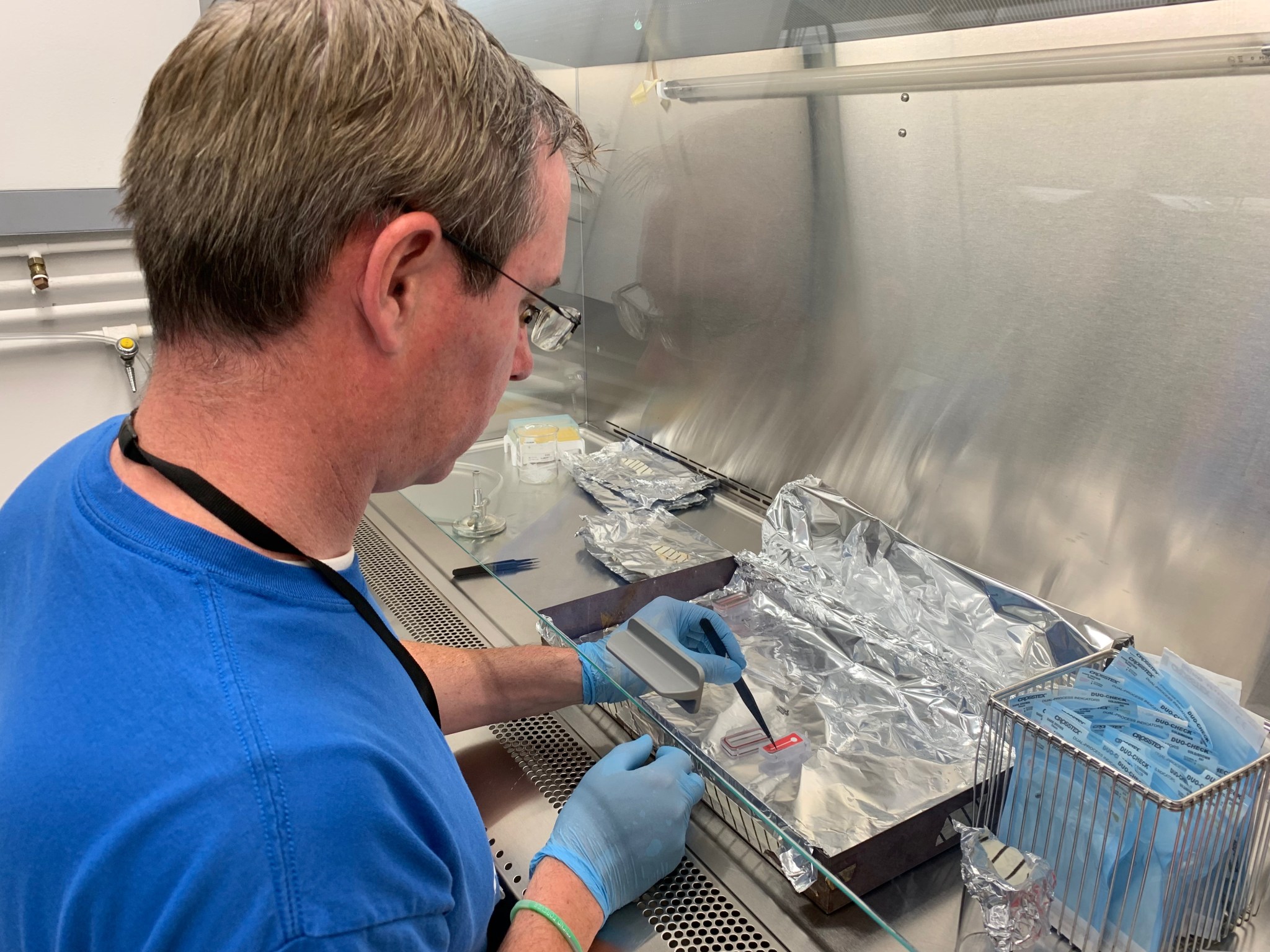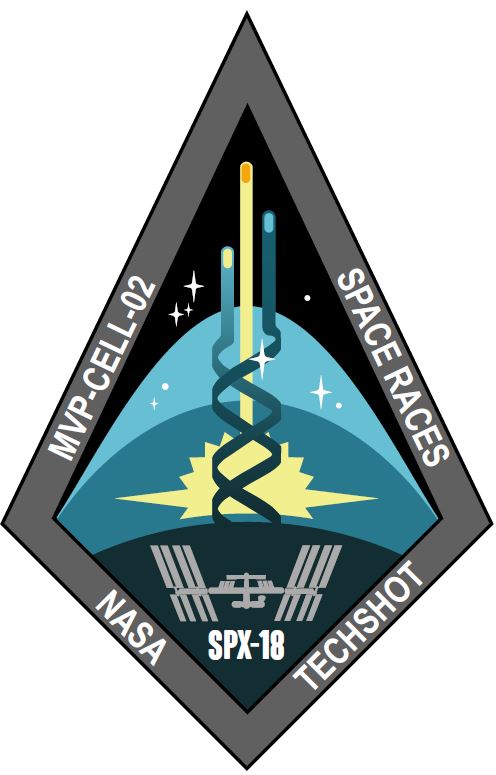MVP-Cell-02 (SpaceX-18)
Experimental Evolution of Bacillus subtilis Populations in Space: Mutation, Selection and Population Dynamics
The MVP Cell-02 mission, launching onboard the Space-X 18 Dragon capsule to the International Space Station (ISS) in July 2019, is a study aimed at understanding how organisms evolve to adapt to the harsh space environment. During the experiment, Bacillus subtilis bacteria will be grown in specially designed environmental hardware in a range of conditions, allowing researchers to investigate whether the adaptation process occurs differently in microgravity and in the spaceflight environment as a whole.
Bacillus subtilis is an ideal model organism for spaceflight studies. It is well studied on the ground and its genome has been completely sequenced. It grows and reproduces rapidly, allowing researchers to grow thousands of generations – and view evolution in action – in just a few weeks. Because bacterial cells are so small, huge numbers of bacteria can be grown in small spaces, allowing researchers to design experiments with many replicates that can pick up even subtle differences between experimental treatments.
The MVP-CELL-02 experiment will use the Multi-use Variable-g Platform (MVP) and specially-designed modules to observe the evolution of the B. subtillis. During preparation on the ground, dormant spores of multiple strains of B. subtilis will be loaded onto solid growth surfaces inside experimental modules. Once on orbit, growth media will be added to the experimental modules, allowing the bacterial spores to germinate and begin growing along predetermined paths on the growth surfaces. Some of the modules will be inoculated with growth media containing pieces of DNA. Because B. subtilis is competent, meaning that it can take up DNA from its environment and integrate it into its own genome, the modules with added DNA will allow the researchers to test whether any of the genes in the added DNA are useful to B. subtilis in adapting to the space environment. In addition, half of the modules will be spun in the MVP’s centrifuge at 1g, so that researchers can separate the effect of microgravity from the effects of other components of the space environment, such as increased radiation and vibration. Researchers will measure how well the bacteria in each module are adapting to their environment by measuring their growth rate, using images captured at regular intervals during the experiment by cameras inside the MVP. Following the end of the experiment, all the modules will be returned to Earth. Genomes of the bacteria from each module will be sequenced to determine which genetic changes, if any, occurred as the bacteria adapted to their conditions during their time in space.
Information gained from this experiment will help researchers understand the effects of the spaceflight environment on microbial evolutionary processes. This is essential because microbes are both potential hazards and potential tools for human space exploration: while some microbes can be dangerous to human health, others could be central parts of future life-support systems. In either case, we need to understand how microbial evolution in space could influence the relationship between microbes and astronaut crews. In addition, on Earth, the results of this experiment will help advance basic research in microbiology and evolutionary biology.
Payload Manager: Kevin Martin, NASA Ames Research Center
Mission Scientist: Fathi Karouia, Ph.D., FILMSS, NASA Ames Research Center
Principal Investigator: Craig Everroad, Ph.D., NASA Ames Research Center
Co-Investigator: Brad Bebout, Ph.D., NASA Ames Research Center
Co-Investigator: Jessica Koehne, Ph.D., NASA Ames Research Center
Co-Investigator: Antonio Ricco, Ph.D., NASA Ames Research Center
Payload Developer: Techshot, Inc.
For more information, visit the Space Station Research Explorer MVP-Cell-02 mission description.


































